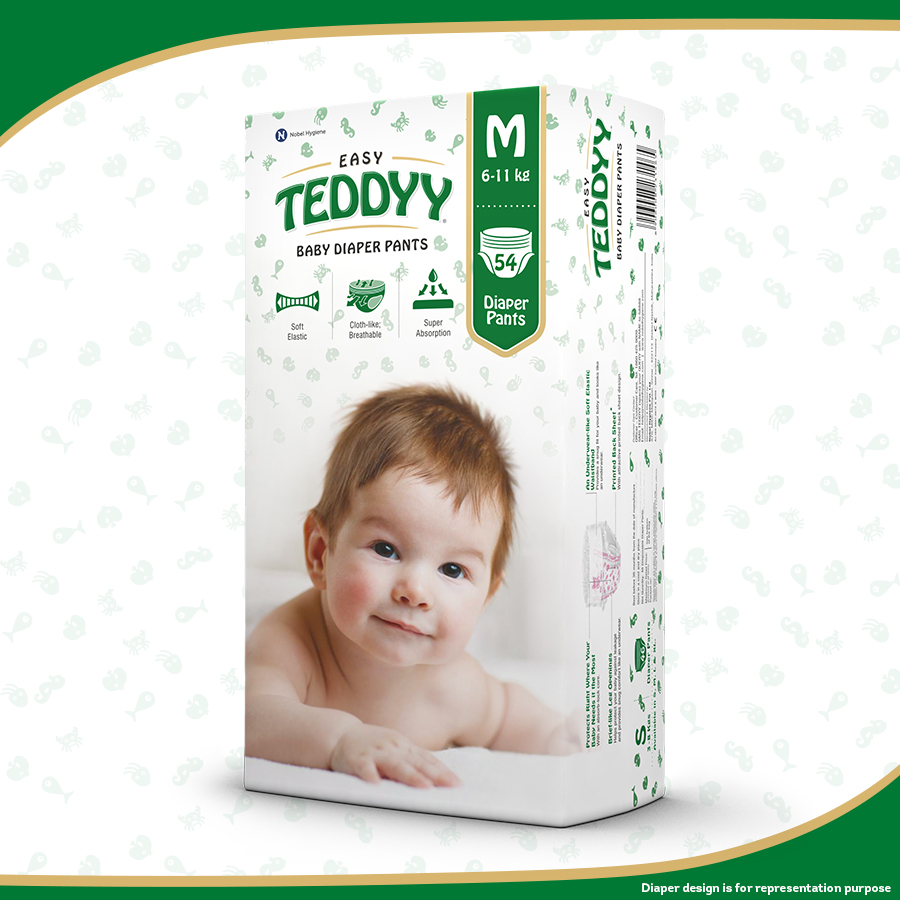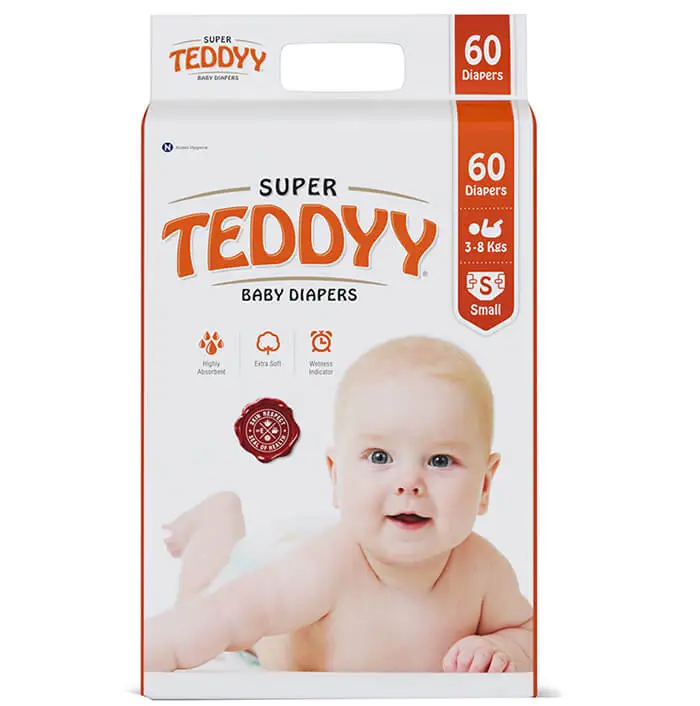Umbilical Cord Care: Cleaning and Signs of Infection
What is an umbilical cord, you ask? The umbilical cord care is like a tiny lifeline that connected your baby to you during pregnancy. It’s how your little one received nutrients and oxygen in your womb. Isn’t that amazing?
When your baby is born, they don’t need the umbilical cord anymore. So, the doctors clamp and cut the umbilical cord right after childbirth, leaving behind an umbilical cord stump, which eventually shrivels and falls off by itself in 2-3 weeks.
Because the stump can be an easy place for infections, it’s important to care for it properly until it falls off.
How Do I Umbilical Cord Care Of My Baby?
Taking care of your little one’s little stump is easier than you might think. It just requires more patience and attention. Here’s the scoop:
Hands off!
The first rule of umbilical cord care is don’t touch it too much. Keep those eager fingers away, and don’t try to pull it off, even if it looks like it’s hanging on by a skin.
Keep it dry
To avoid any infections and to help the cord fall off quicker, keep the cord and the area around it dry by exposing it to air.
Fold the diapers
When diapering your baby, fold the diaper below the stump or use special newborn diapers with a cut-out space. Keeping this in mind, every newborn taped diaper from Teddyy Diapers is designed with a lowered waistband in the navel part to keep the stump unbothered and facilitate healing.
Sponge baths only
Skip the tub for a while and give your baby sponge baths instead. Keep the area around the stump clean and dry, be gentle, and never touch the cord itself.
Dress appropriately
Dress your baby in clothes that won’t irritate the cord area. Loose-fitting onesies are your best friends.
Our Products
What Is Normal Vs Infected Umbilical Cord?
Now we’re at the not-so-fun stuff: normal vs infected umbilical cord. While it’s uncommon, it’s essential to know the signs of an infected umbilical cord so that you’re prepared for anything:
- Foul odor: If you notice an unpleasant smell coming from the cord, it might be infected.
- Redness and swelling: Some redness around the cord is normal, but if it becomes increasingly red, swollen, or oozy, it’s time to call the doctor.
- Fever: If your baby spikes a fever or becomes unusually fussy, it could be a sign of infection.
- Yellow or green discharge: Clear or slightly yellow discharge is okay, but green or pus-like discharge needs to be discussed with your baby’s paediatrician.
When Should I Call My Baby’s Paediatrician?
It’s better to be safe than sorry. If you notice any of the signs mentioned above, it’s time to ring up your baby’s paediatrician. They’ll be your go-to for expert advice and peace of mind.
But, you don’t have to wait for signs of infection to connect with your paediatrician. If you ever have questions or concerns about your baby’s umbilical cord, or anything else, really, don’t hesitate to call. They’re there to support you through this incredible journey of parenthood.
In a nutshell, caring for your baby’s umbilical cord is a piece of cake – just keep it clean, dry, and give it some space. See you in another blog!


You can spot signs of an infected umbilical cord by looking out for the following symptoms:
- An unpleasant smell from the cord
- Yellow-greenish pus oozing from the skin around the cord
- Red, swollen, tender skin around the cord
- Fever
- Baby’s unexplained fussiness
An unhealthy umbilical cord might have:
- Excessive redness around the base of the cord stump
- Area around the stump being increasingly swollen or puffy
- Yellow, green, or bloody discharge from or around the cord
Foul or unpleasant smell
No, umbilical cord infection is not considered normal. While it’s not uncommon for the cord stump area to show some degree of redness and mild discharge during the healing process, a true infection is not a typical part of newborn care. If you think your baby’s umbilical cord has gotten infected, visit a doctor immediately.
A healing umbilical cord typically goes through several stages:
- Initial stage: Right after birth, the cord stump is often bluish or purplish in color. It may appear moist and may have a small amount of clear or slightly bloody discharge.
- Drying out: Over the course of 2 to 3 weeks, the stump gradually dries out and changes to a brown or black color.
- Shrinking: As the cord stump dries, it shrinks and may become hard or crusty.
- Falling off: Eventually, the cord stump will naturally fall off, leaving behind a small, healed belly button.





